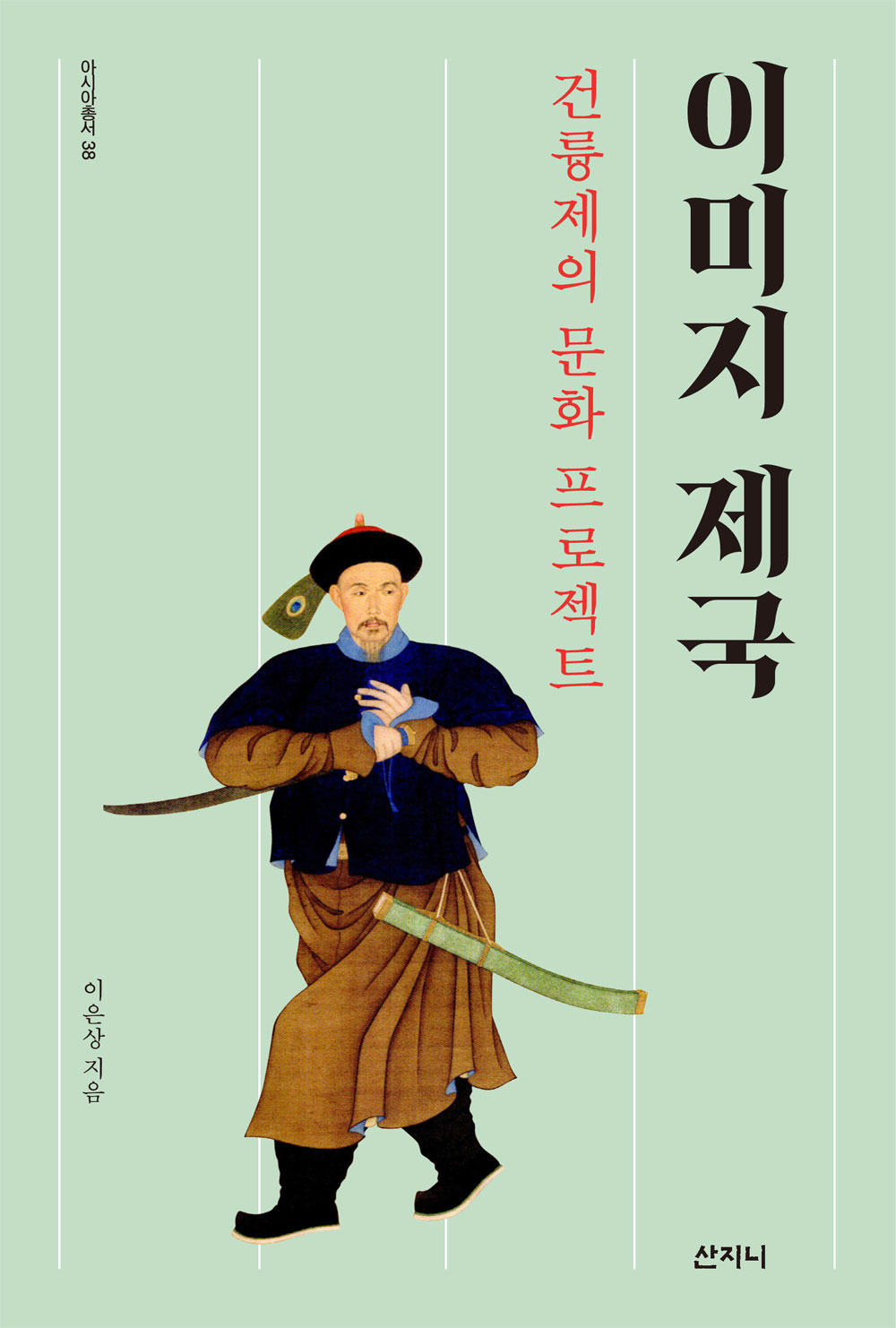
The Image Empire
Lee Eunsang
| Pages | 334 |
|---|---|
| Dimensions | 152 X 225 |
| ISBN | 978-89-6545-706-0 94910 |
| Price | 25,000KRW |
| Date | January 202 |
| Contents | History |
The Qing dynasty was the most powerful empire in the mid 18th century with the vastest territory in Chinese history, which included Manchuria, Tibet, Mongolia, and Taiwan as well as inner China. At the same time, it was a multiethnic nation comprised of such ethnicities as the Han Chinese, Manchus, Tibetans, Uyghurs, Mongolians, Burmese, Thais and other ethnic minorities that were conquered.
The author adds another modifier to the Qing dynasty on top of the “most powerful” and “multiethnic”; that is, he examines the country as the “empire of beauty” or the “empire of image.” The Qianlong emperor, the sixth emperor of the Qing dynasty that was established by the Manchu tribe, exercised strong powers of reign in China for 60 years. Ruling the empire with vast reaches, he faced the problem of how to harmoniously unify the tribes of different languages and cultures.
This book examines why the Qianlong emperor used visual images to reign and what kinds of ruling strategies he employed through those images. The Qianlong emperor was a ruler who wisely employed the policies of conquest and conciliation. Retaining his Manchu identity and at the same time presenting himself as a universal sovereign, he aimed for cultural unity following the Confucian principles of ruling. Visual images were sure methods to intuitively deliver the images and messages of the emperor in order to consolidate and reign the diverse tribes. The author Lee Eunsang looks into the Qianlong emperor, the universal sovereign who reigned in the multiethnic country, and his agonies and efforts as the “Son of Heaven”--the sacred imperial title of the Chinese emperor-- who was responsible for the order of the world. Lee’s research will open a new chapter for the Qing dynasty scholarship, which in recent times, has become more active.
The imperial family of the Qing dynasty left over a million treasures including artworks such as articles of bronze, jade, and porcelain; calligraphic works, porcelainized pottery, and lacquerware. Most of that vast horde of treasures was collected by the Qinglong emperor. When the Qing dynasty reached the high-water mark of its power, the Qianlong emperor began to collect rare antiques and artifacts across the country and from overseas. The Qianlong emperor’s collections of artifacts remain as museum collections.
The Qianlong emperor’s massive possessions themselves represent the Chinese culture and arts. Why did he have such an obsession with collecting rare artifacts? His ambition was to become a ruler of all things across all categories that existed in the “world under the heavens” by possessing the most artifacts in Chinese history.
